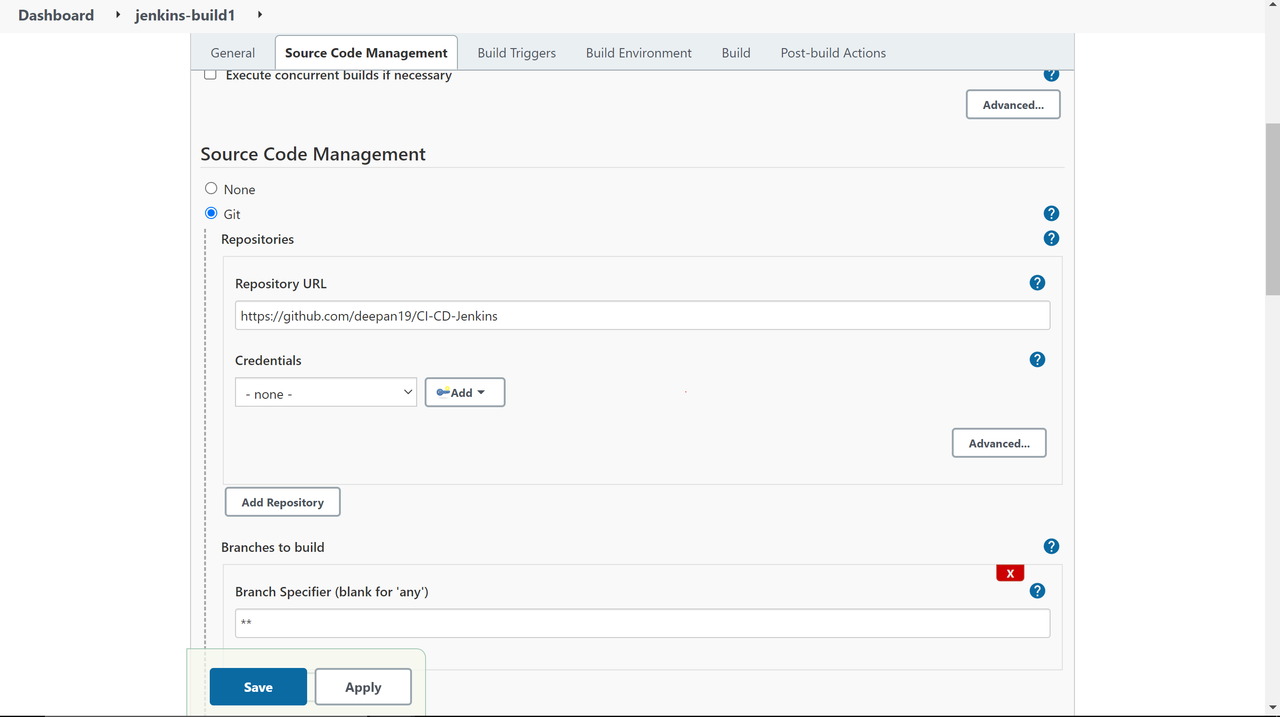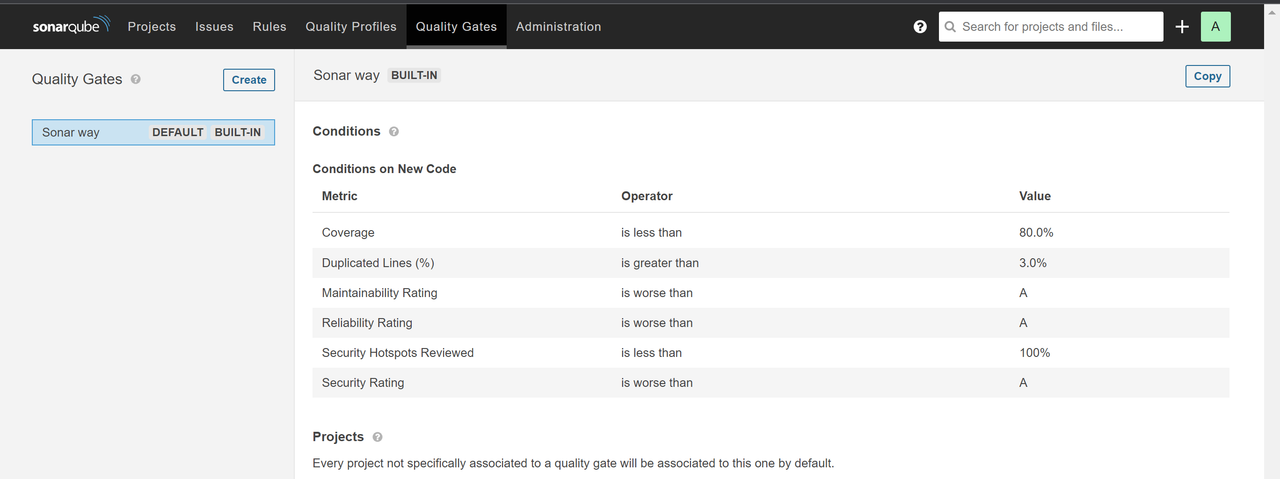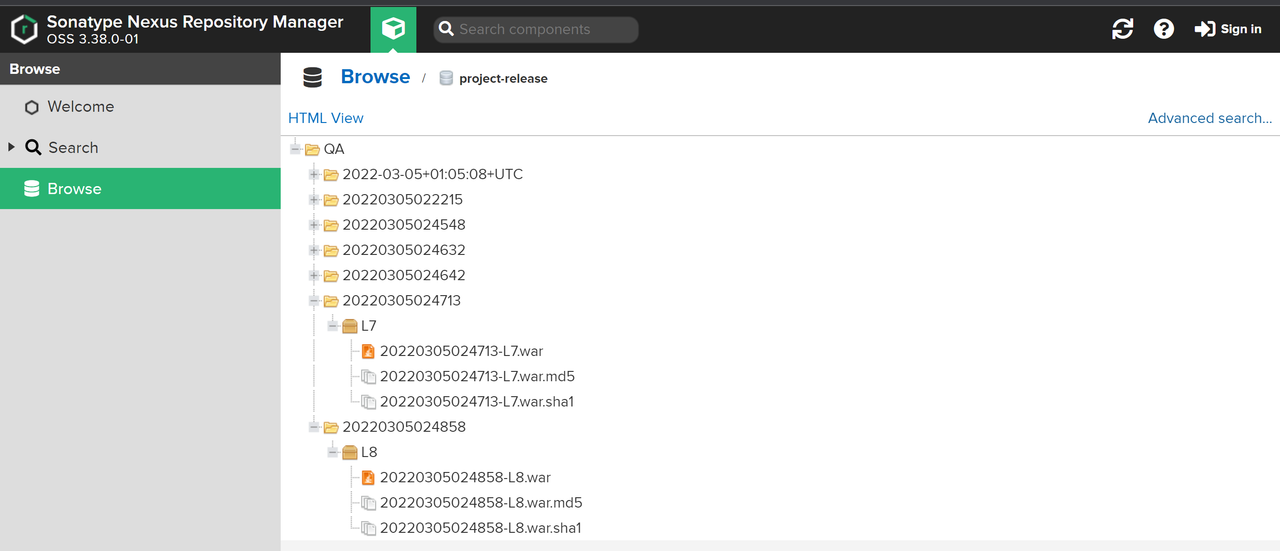A CI/CD pipeline on Jenkins to automate parts of the SDLC of a simple maven project
Why CI/CD?
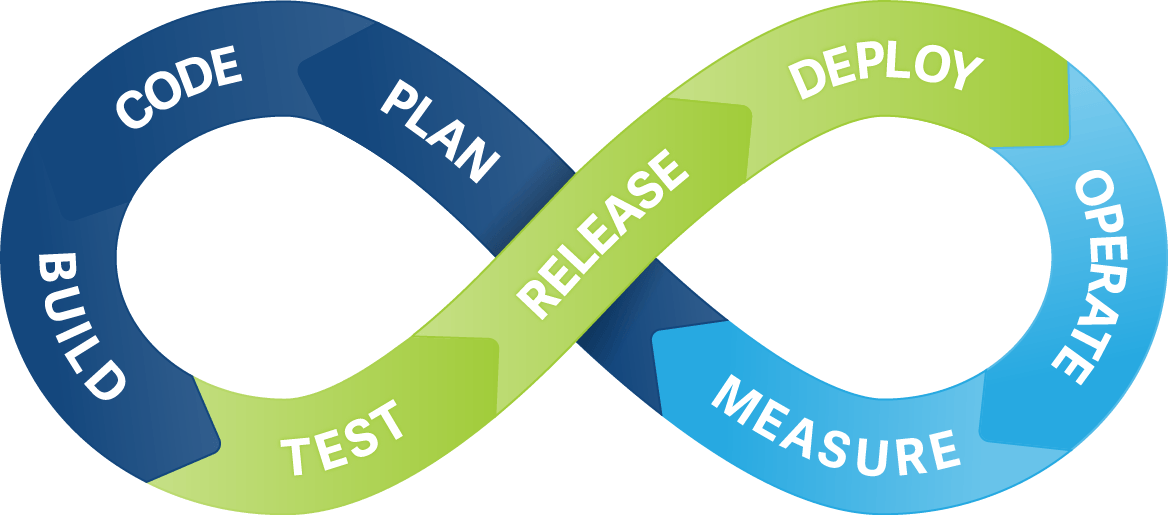
Features and Concepts:
AWS ec2 instances for the jenkins, sonarqube and nexus deployment:

The pipeline's first stage is the build stage
In the build stage, we pull the code from the SCM (in this case GitHub)
The next step in the build stage is to build the java project using maven and compile it into a artefact file. This node is configured to automatically start the pipeline if there is a new commit to the GitHub repo; It will also start the pipeline every 5 hours everyday.
Unit testing & integration testing These nodes are essential before trying to deploy to the nexus repo. In an industry setting, we want to avoid technical debt. This is basically a small bug that when left unfixed, may grow to become a larger issue later on in the life cycle due to other integration. Thus, any code should be unit tested before deployment.
Static code analysis using SonarQube Scanner
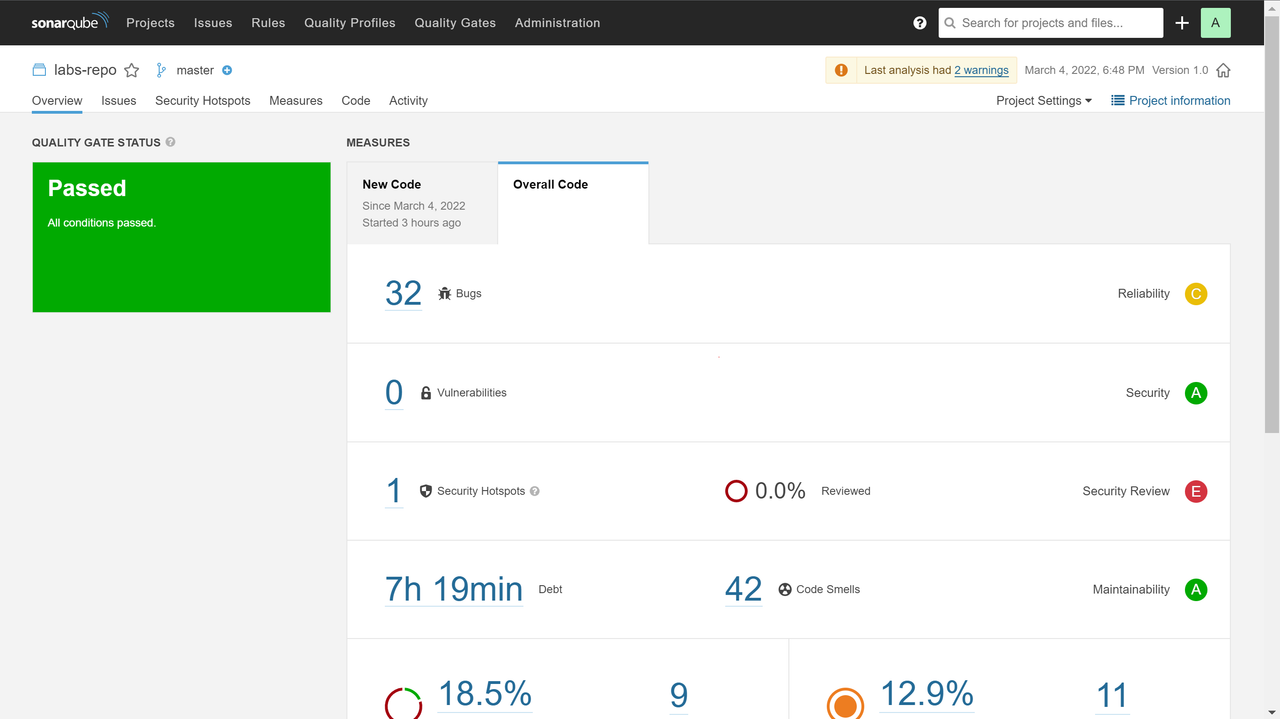
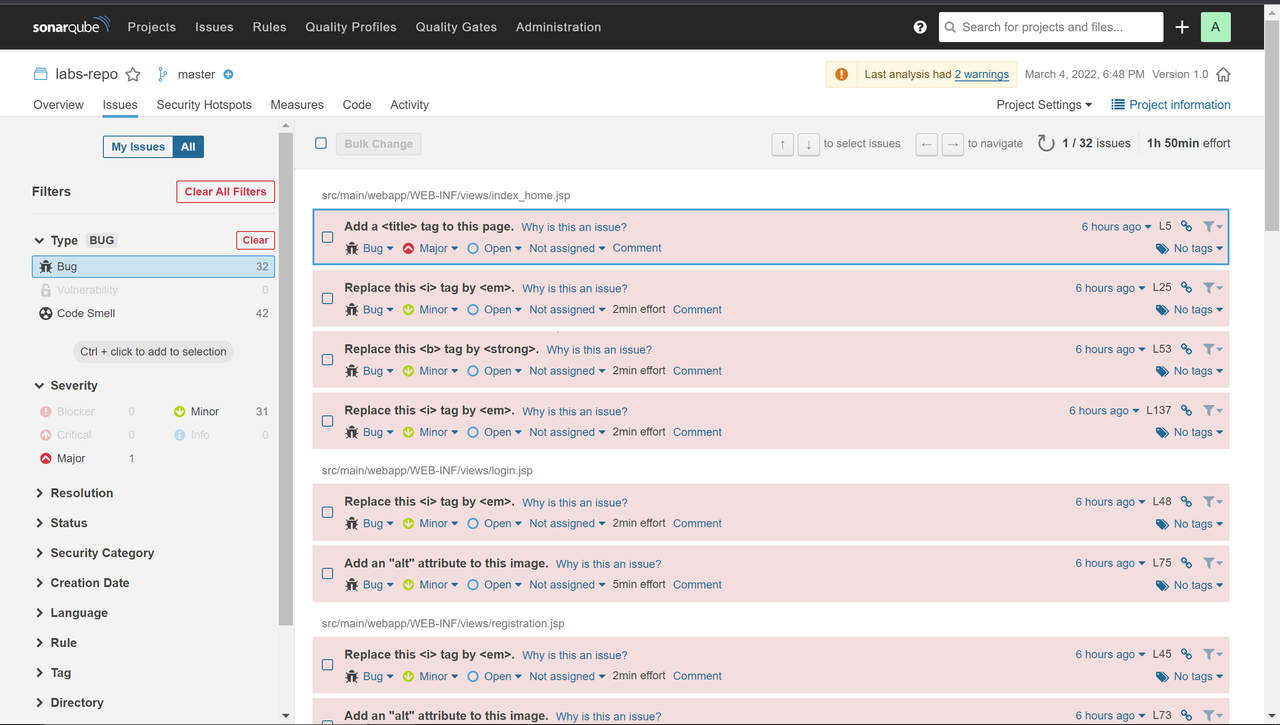
This is the release repository where succesful builds in the pipeline end up in. This instance is hosted on a seperate ec2 machine from the jenkins ec2.

